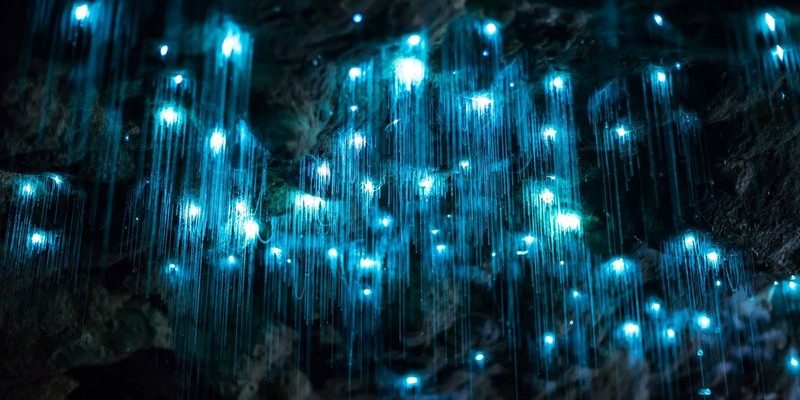
In this exploration, we’ll dive deep into how urban parks can provide suitable habitats for glow worms. Picture urban parks as cozy apartments for these enchanting organisms—offering just the right blend of light, moisture, and food. You don’t need to be a scientist to appreciate these little marvels of nature; just a friendly curiosity about how they fit into our ever-growing cities.
What Are Glow Worms?
Glow worms aren’t actually worms at all. They’re the larvae of certain beetle species, like the Lampyridae family, which includes fireflies. These larvae have a special ability to produce light, mainly to attract mates or lure in prey, often insects that are drawn toward the light.
The light emitted by glow worms is created through a chemical reaction in their bodies—think of it like a sparkly, natural flashlight. This glow serves a purpose: it helps them navigate their surroundings while also making them more appealing to potential mates. In the wild, these luminous displays can be a romantic spectacle, but in urban areas, the story might be different.
Why Urban Parks Matter for Glow Worms
Urban parks are often little pockets of nature within chaotic cities. They can provide essential habitats for various species, including glow worms. These parks can serve as a refuge where glow worms can find food, moisture, and the right conditions for survival.
Here’s the thing: not all parks are created equal. Some may have more vegetation, fewer light disturbances, and better moisture levels, making them more suitable for glow worms. Urban parks that mimic natural habitats can indeed support these fascinating creatures. Think of it as creating a little city block where glow worms can thrive, rather than just surviving.
For example, parks with thick foliage and fewer artificial lights can create the perfect environment. These areas are typically cooler and more humid, providing a comfortable atmosphere for glow worms to flourish.
Challenges Glow Worms Face in Urban Areas
Even though urban parks can be havens for glow worms, they face significant challenges. One of the biggest problems is **light pollution**. In cities, artificial lights can confuse these creatures, making it difficult for them to find mates or food. Just imagine trying to navigate through a crowded, brightly lit street versus a dark, starry night—it’s a lot easier when you can see clearly!
Another issue is habitat fragmentation. As cities expand, green spaces shrink. Glow worms need continuous habitats to thrive, and interruptions in their living areas can lead to declines in their populations. Roads, buildings, and other structures create barriers that make it tough for glow worms to move around and find a mate.
Lastly, urbanization often brings changes in soil quality and moisture levels. Glow worms thrive in specific soil types rich in organic matter. If urban development disrupts this balance, it can pose a threat to their survival.
Creating a Glow Worm-Friendly Urban Park
So, what can we do to support glow worms in urban parks? First, we need to focus on *habitat conservation*. This means protecting existing green spaces and enhancing them by planting native vegetation that can support local wildlife.
Second, consider reducing light pollution. Parks could implement lighting designs that minimize their impact on nocturnal creatures. Low-intensity, directed lighting can help maintain that enchanting dark atmosphere glow worms prefer.
Lastly, creating educational programs can raise awareness about the importance of glow worms. When communities understand their role in the ecosystem, it’s easier to advocate for park features that support these unique insects.
Case Studies of Successful Glow Worm Habitats
Around the world, some urban parks have made strides in fostering glow worm populations. For instance, in New Zealand, parks have successfully created environments where glow worms flourish. They’ve planted native plants and reduced artificial lighting to create a more conducive habitat.
In Melbourne, Australia, local conservation efforts have focused on restoring wetlands within urban parks. These initiatives not only support glow worms but also help other wildlife thrive. Residents have reported seeing more glow worms in areas where conservation efforts are strongest.
These success stories show that with thoughtful planning and community involvement, it’s entirely possible to create safe havens for glow worms in urban settings.
Glow worms are a fascinating part of our natural world, and with the right conditions, they can indeed thrive in urban parks. It takes a blend of understanding, respect, and actionable steps from both park officials and local communities to make this happen.
By focusing on reducing light pollution, enhancing habitats, and raising awareness, we can turn our urban parks into glowing sanctuaries for these enchanting creatures. So next time you stroll through a park at night, keep an eye out for those little twinkling lights. You just might discover the magic of glow worms thriving amidst the concrete jungle!

